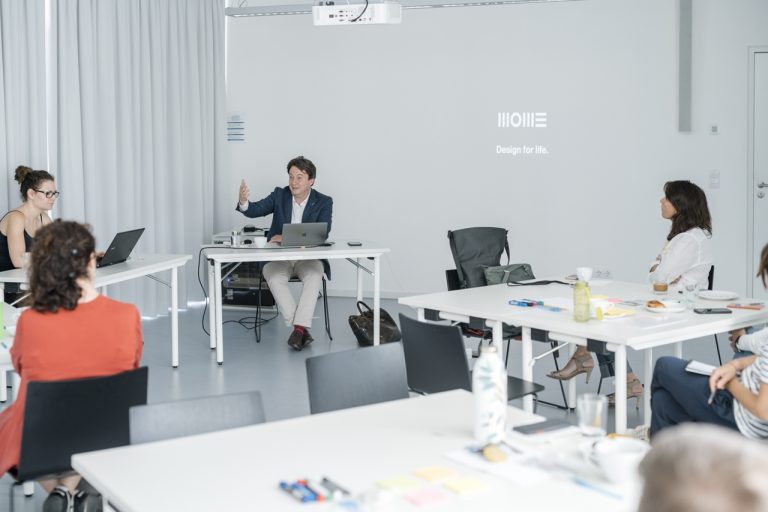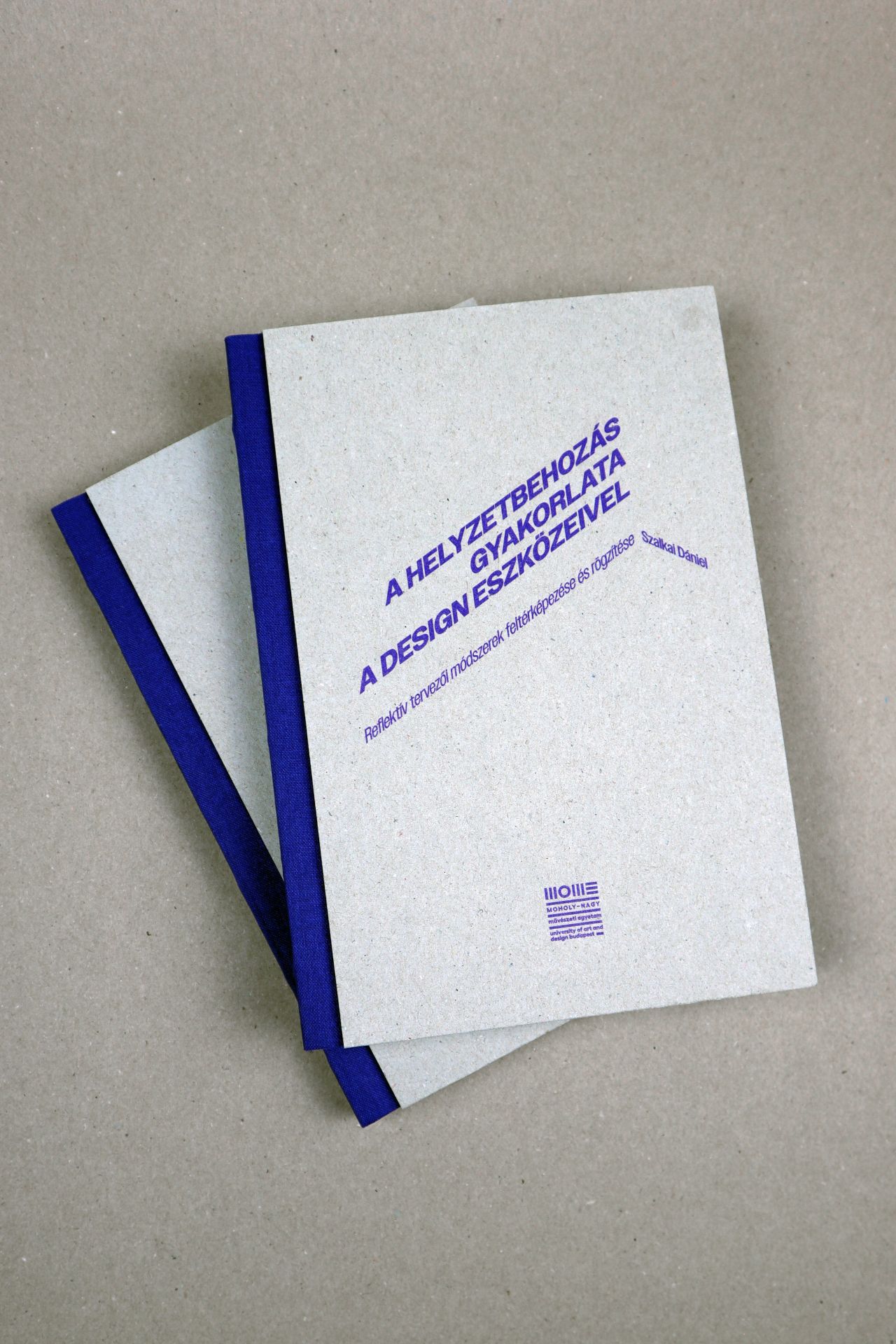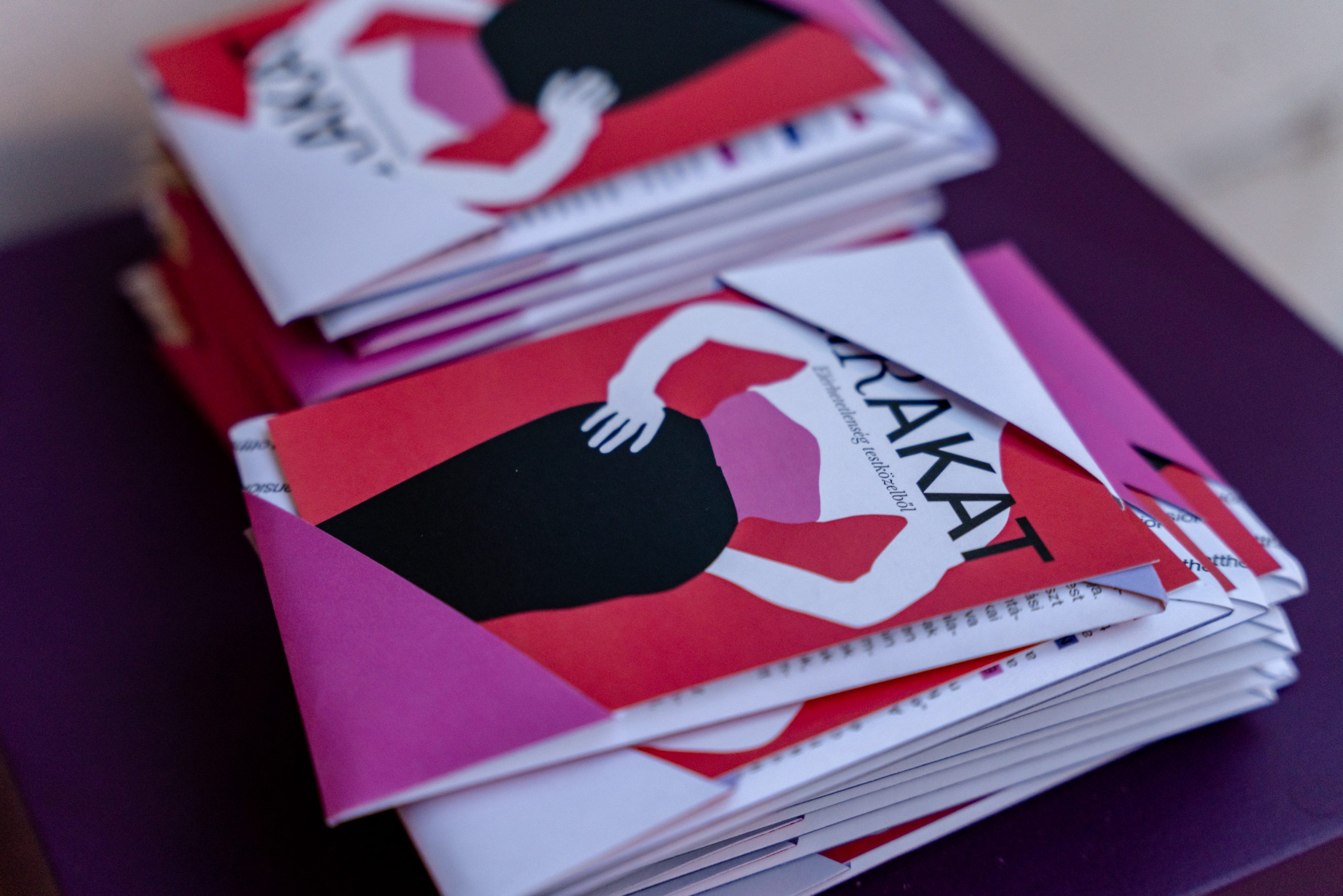

In the 21st century universities and museums are facing the same challenge – Interview with András Szántó
András Szántó is a New York-based writer and consultant who has worked on cultural strategy for companies and institutions such as Stanford University, the Metropolitan Museum of Art, Art Basel and BMW. His latest book explores the future of museums through 28 interviews with directors. He recently contributed to the artistic, exhibition-focused repositioning of network science outputs produced by the Barabasi Lab. Currently involved in the strategic planning of the Moholy-Nagy University of Art and Design Budapest, we had the opportunity to talk to him about the relationship between science and art, data and visualizations, and the legitimation challenges of classical social institutions such as the museum and the university.
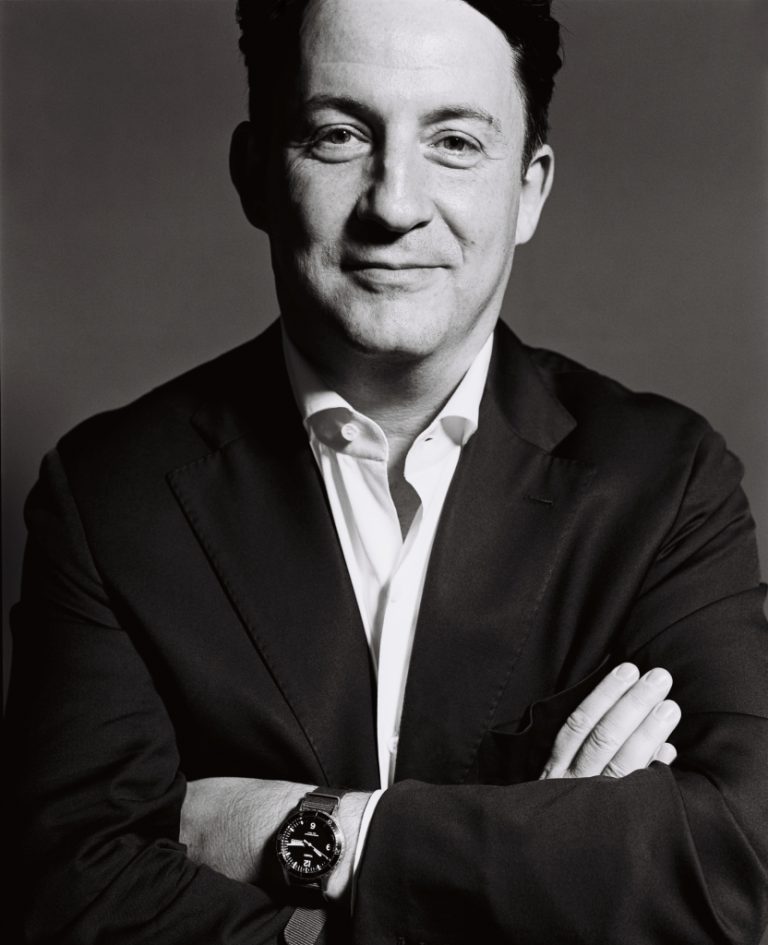
András Szántó (credit: Magnus Torsne, 2019)
Lately, you seem to have been focusing more and more on certain cultural “crossovers”. Your current book also discusses the blurring of boundaries between the academic world and the art establishment. To what extent do you see this as a strong international tendency? What role can art play in the world of science, and vice versa?
One feature of the modern world that followed the Renaissance period is the growing autonomy of different social spheres. From the 18th century onwards, art and science began to follow somewhat separate paths. Today the structure of higher education contributes to this development. It strongly encourages specialization. After the Second World War, many art and design schools were established. These institutions legitimized design and art as significant social phenomena, however at the same time this institutionalization lead to a kind of closure. Today, almost all higher education strategies include an ambition to become more multidisciplinary, i.e. they articulate the need to make these artificial “silos” more permeable and open.
In art and design history we have already seen examples of such dialogues before…
Yes, it’s been a conscious process since the 1960s, a well-known early example being Robert Rauschenberg’s E.A.T. (Experiments in Art and Technology), where avant-garde New York artists initiated collaborations with engineers and scientists. However, there’s a problem with this, which I myself experienced when working on a cultural strategy for an American university: the hand reaching out from the field of art oftentimes does not find a true counterpart in science. One reason is that the majority of artists are completely uninformed about issues in modern science. Most people working in the humanities do not understand the language of science. But I should add here that a significant number of scientists also know little about culture; it is outside their comfort zone. Nevertheless, I too feel that the search for dialogue has accelerated in recent years. For example, for Paola Antonelli, the curator of design at MoMA in New York, it is simply obvious that design, science and technology need to share a common frequency, and it is exciting to watch the museum itself tightening these links. On the other side, there is the CERN research center, which, in addition to the Large Hadron Collider, has its own curator and a very good art program as well.
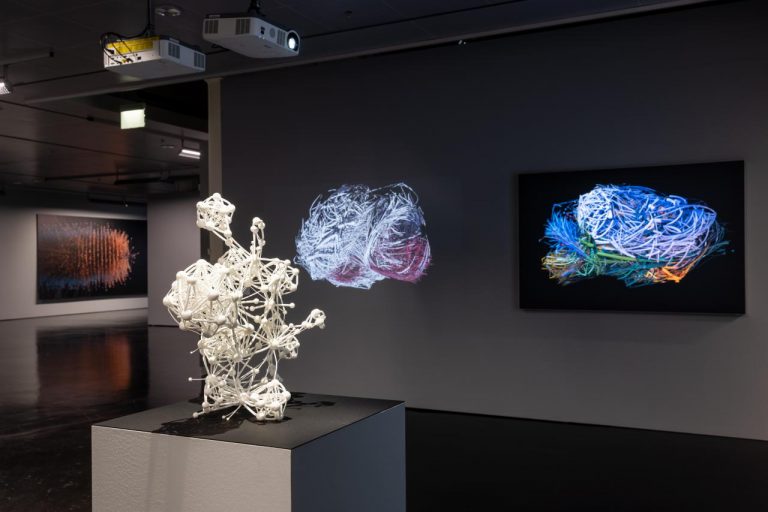
BarabásiLab: Hidden Patterns (exhibition, ZKM, 2021, source: zkm.de)
These examples are similar in nature to the recent exhibition of a world-renowned network scientist at the Ludwig Museum in Budapest. He is someone who arrived from the academic establishment to the art exhibition space…
As a consultant, I usually work with institutions and companies, but in recent years I have also started to work directly with individual creators. Albert-László Barabási is not a typical example, as he has a strong institutional background, but he is a researcher-creator who has done data visualizations that cannot only be interpreted in the context of science. these visualizations have significance in the art world as well. The most interesting aspect of our collaboration concerns precisely the question of how the art world can open up to the results of the Barabási Lab, and vice versa: how we can apply the tools of network science to the art world. It was partly this endeavour that led to the exhibition at the Ludwig Museum, and the data visualizations and data sculptures are now on view at the ZKM in Germany (Zentrum für Kunst und Medien, Karlsruhe).
In the case of the data visualizations of the Barabási Lab, we see how science is represented within the art world, but perhaps it happens more often that artists reach out to the field of science. Previously you had the pleasure of working with Refik Anadol, who creates dazzling visual artworks from data, but the question arises whether such artistic endeavours could say anything about the results of science beyond the gesture of aesthetic translation. To put the question more bluntly: can art enter into a real dialogue with science?
In my experience, people working in the field of science often see the artist as a kind of ‘graphic designer’ – a communications aide who can make scientific results understandable to the general public. Usually, this role is not especially interesting for artists. Still, there is a real question about how they can contribute to science in such a way that is meaningful beyond the simplistic communication of scientific results. I would like to highlight two aspects in connection to the Barabási Lab… On the one hand, visualization can play not only an illustrative but also a heuristic role; for example, when dealing with very complex data processes, visualization can play an important role in identifying connections – therefore it does not only work as a representational but also as a diagnostic tool, and it can become an organic element of scientific research. The other – and perhaps an even more significant – point is the ability of artists and designers to make ethical aspects of these scientific outcomes visible, which has perhaps never been more important than today.
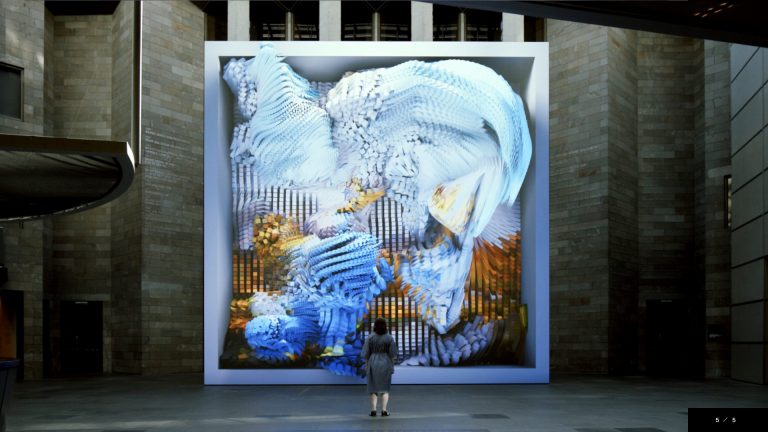
Refik Anadol: Quantum Memories (data visualization, 2020, source: refikanadol.com)
Bruce Sterling’s statement comes to mind: „we can move from potentiality to actuality with remarkable speed nowadays.”* From this follows that we need to engage in a continuous discourse on the possible social implications and dilemmas of emerging scientific-technological tendencies.
Moreover, the rate of progress is growing exponentially! We will change more in the next 10 years than we have in the last 50, which is why it is so difficult to identify areas where it makes sense to build a long-term strategy. We are currently working with Stanford University, which is considered to be the top institution for the scientific “development” of the future. From cloning to the most aggressive social networks, there are many topics that they are working on which are crucial to our future. However, if only scientific or business rationality dictates the direction of development in these areas, the social conflicts that arise from them will be inevitable. Science has reached a point where extremely acute ethical questions arise… We are talking about our biggest philosophical questions: What does it mean to be human? What does it mean to have consciousness? What is the future of humanity? These questions are directly influenced by today’s scientific developments, and art may well have a role to play in providing a more rounded, balanced, multidimensional ideological fabric around the zones of innovation.
It is no coincidence that in the field of contemporary design, too, there are practices that speculate on the social embedding of new technologies, and are not so much interested in function as in discourse. This, of course, requires the kind of interdisciplinary competencies we mentioned earlier… Do researchers, artists and designers understand each other? This question can easily lead us to the issue of education: how important do you see the role of educational institutions in crossing these thresholds?
I see it as incredibly important, and I feel that after the pandemic it has become even more urgent to reconsider whether the institutional sphere that launches people into professional careers has the right relationship to the future or not. What the famous Germany sociologist Georg Simmel described as the “tragedy of culture” applies to all institutional fields. Institutions that have been established in order to motivate certain social processes will sooner or later be ossified to a point where they almost bury those activities, human needs and desires on which they originally focused. Let us consider, for example what relationship the present-day Hollywood film industry has to the experimental possibilities of early cinema, or how professional sport relates to the basic human need to play, compete and maintain the body. We can talk about the artistic sphere in the same way. To what extent does the artistic institutional system become distanced from primary creativity? The system of scientific institutions is no less problematic. Sooner or later it will reflect its own institutional logic more than the needs of society. If you become a successful academic researcher by publishing a lot in a very small field for just a few colleagues, this can lead to intellectual paralysis. Innumerous micro-specializations are born, making communication impossible among the fields that now seem to be far from each other. This problem surfaces in the institutional structure, in the recognition of careers, the establishment of scientific grants and awards, the terminological fragmentation of various disciplines. We have to take a closer look to see what thresholds hinder collaborations, and what work needs to be done to overcome these obstacles.

Albert-László Barabási, Milán Janosov: CyberArt Network (data visualization, BarabásiLab, 2021)
What does this all mean for university students?
On the one hand, it is clear that in today’s and tomorrow’s world a high school degree is not going to be enough to enter a high-paying career. Yet it is unclear whether the kind of specialization that today’s university system offers can prepare students adequately for the future. People now have to be prepared to have several career paths side by side, or consecutively. One can now be an artist, a scientist and a philosopher at the same time, or in a series of careers. Every institution struggles with this problem. And in the arts, I see the problem even more urgently. On the one hand, we want artists to speak out on issues that are social, political, scientific and philosophical. But if their education consists of training young people aged 19-20 in a narrow profession and we make it difficult for them to get in touch with other fields, then we will have an art that is self-referential. We will end up with the kind of professional isolation for which the higher education sector is primarily responsible.
László Moholy-Nagy wrote as early as the beginning of the 20th century that one of the central problems of our modern life is the education of over-specialised “slice-men”, and that education should support the development of the “whole personality”.** I think this resonates with what you have just said, yet it seems to conflict with the data-driven institutional criteria for success. One fear regarding these criteria derives from the observation that quantified, bounded pathways to “success” may lead to narrowing specializations. Do you see any conflict between the critique of the “slice-man” and the quantifying aspirations of higher education?
Well, from this point of view there is indeed a certain irony. It is undoubtedly important that the educational experience a student has is rounded, open, complex and develops organic skills that can be applied in different areas. At the same time, every institutional strategy needs focal elements to define its identity – without them, the institution will fall apart. In the competition for the best students, teachers and funding, it is essential to have an institutional profile that makes clear what we are trying to achieve. Specialization is necessary at this level, as it is not possible to take on everything at once, so strategic pillars are needed to set the direction of the institution and its investments that define the sphere of prospective partners and express the institution’s aspirations. This question goes straight back to the question of whether an institution can go beyond self-reproduction. In the case of universities, it must always be remembered that these institutions exist to move certain disciplines forward and, as accrediting institutions, to open up a career path for students… unfortunately, this is easy to forget in the course of everyday life.
It is therefore important for institutional identity to communicate a specialized, focused image, while within the organization, for example in education, it is important to increase the scope for manoeuvre and to have impulses from many directions. Do I understand this correctly?
Yes, this is the Gordian knot that is very difficult to cut. On the one hand, there is no doubt that science cannot develop without specialization, and there is also no doubt that an institution must have a well-defined profile that it can communicate to the world. However, this does not mean that a certain fluidity cannot be guaranteed within its walls for those who study and work there.
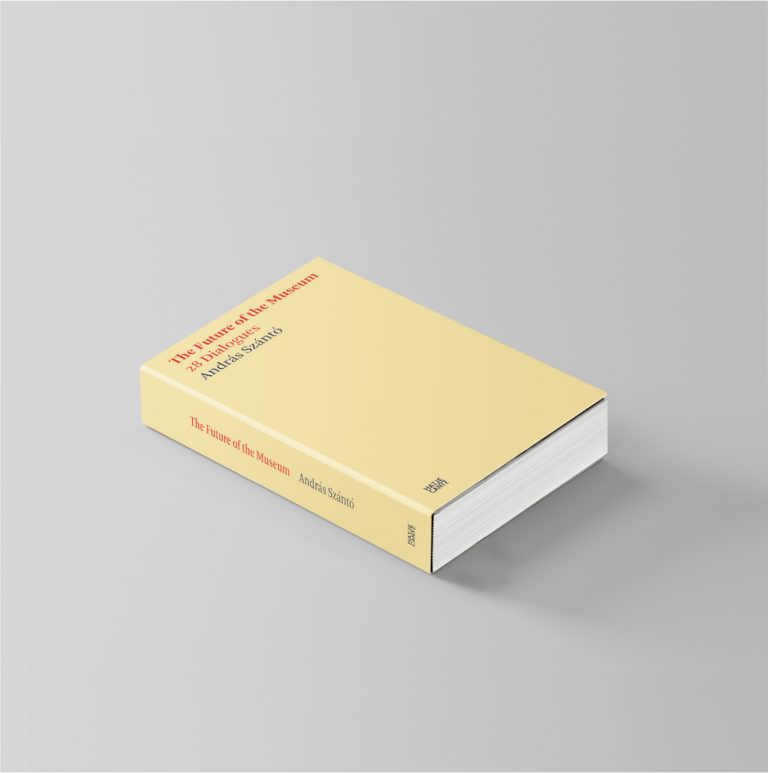
András Szántó : The Future of the Museum: 28 Dialogues (2021, Hatje Cantz)
In several conversations about your new book, you have emphasized that museum leaders today are fundamentally concerned with the transformation of institutional roles. A key question has become how the museum can be present in society and whether it can fulfil functions that were not previously possible or that were considered undesirable by an attitude that was labelled “elitist”. This also involves the creation of new spaces, from restaurants to libraries and event venues, which suggest a “welcoming openness”, or even the museum’s role as an initiator of various social initiatives. In this search for identity, are museums and universities similar?
In the wake of post-Cold War globalization, the 2008 economic crisis, the polarization of the political sphere and the pandemic, a number of processes have matured, the main consequence of which is a kind of institutional legitimacy crisis, which has touched both the university and the museum. Institutions that were unassailable, deeply respected institutions when I was a child – such as the newspaper, the university, the museum, the medical profession or the legal profession – are now undergoing a process of hard transformation. The essence of this change, I believe, is that the hierarchical relationship that existed before must sooner or later be replaced by a much more horizontal, more partner-like relationship with the institution’s constituency. They need to find new ways of connecting with their community; and by community we can mean students, readers, clientele or museum visitors.
All this obviously is connected to the loss of trust repeatedly expressed in connection to the cultural and scientific elite.
Of course. After the most advanced scientific period of all time – when there are more scientists on the planet today than there have ever been in history, and arguably more at this moment than in all of history combined – we have failed to prevent a crisis in 2008, we have failed to prevent a pandemic, we have failed to prevent the fragmentation of political cultures in the Western world. Indeed, the museum is also surrounded by a lot of questions about its elitism… a museum director 30 years ago didn’t worry much about how to win the public’s sympathy, and I don’t think a university rector worried much about how students felt on campus. These concerns were far removed from the generation of the time, and these two great legacy institutions – the museum and the university – are in the same boat in this respect. Both need to regain – or rather, re-construct – their social relevance. The question is how to maintain their legitimacy in a 21st century society. This is where I see common challenges.
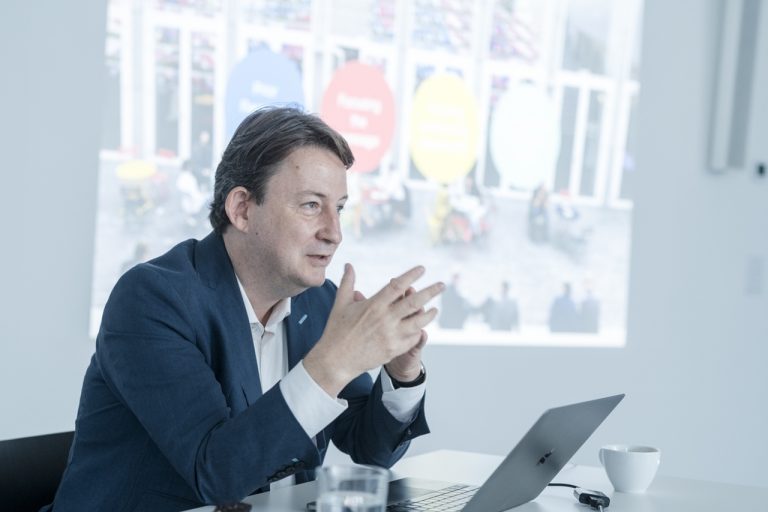
András Szántó at Moholy-Nagy University of Art and Design Budapest, 2021 summer (credit: Lakos Máté)
At Moholy-Nagy University of Art and Design Budapest, for example, there is a strong desire to try to build relationships with more and more external actors and to initiate projects in which the institution can take on functions beyond education. What role does your current collaboration with MOME play in this process?
We are at an early stage, but the approach is resolutely innovative. The most important aspect is not just to grope in the dark when designing an institutional strategy, but to approach it through a deep understanding of the reality around and within the institution. The project has drawn primarily on data from outside the institution, but it should be added that quantitative and qualitative data have their own role to play in such a mapping. Institutions, especially when collecting data internally, need to listen to their own people. The ways in which an institution listens and engages in dialogue with its various communities is key. Regarding our Maven7 collaboration with MOME: it is a new and rarely seen development that an institution is trying to use the tools of network science not only to listen inwards, but also to mirror itself from external data. Moreover, it is not only a question of what development strategy the institution should follow, but also what kind of brand it presents to the world. For me, the question of how the Moholy-Nagy heritage can contribute to the narrative of MOME is a very interesting one, also because of my family ties.
An institutional development strategy, as I understand it, should seek a balance between quantitative and qualitative resources. Is the heritage of Moholy-Nagy or the history of the institution a qualitative resource in this regard?
Whether we do qualitative or quantitative research, the main point is that it is an empirical approach. We do not use the thoughts of “important” men as starting points, but we are building on data that can be observed in and around the institution. Of course, the ideological dimensions of an institution, the values that it follows and incorporates into its functioning, are also empirical facts in their own right; they can be captured, they can be articulated, and in the case of MOME, they are particularly important because we are speaking about a cultural institution. In the strategy-making process, we never start with a tabula rasa. The ethos of the university is no less an important empirical building block of the strategy as, for example, the data-driven mapping of how the institution appears on the social web worldwide. A strategy built only on one type of data would be half-blind. The most exciting task for MOME is exactly to figure out how these complementing elements can be best molded together. Ultimately, what should concern us is not the methodology, but whether it opens up a possibility for an institution to compose its own forward-looking narrative.
// /
* Bruce Sterling, „Most Design Fiction Will Of Course Be Pretty Bad,” interview by Verina Gfader, in Design Fiction, (ed.) Alex Coles, 87–98. (Berlin: Sternberg Press, 2016): 94.
** Moholy-Nagy László, Von Material zu Architektur (Bauhausbücher 14, 1929).

